Retro Replay Review
Gameplay
Tikkasentappopeli offers a deceptively simple premise: using a variety of simulated projectiles, players deliver one impact after another to an ANSI-rendered silhouette of an unnamed figure. Each successful hit peels away layers of ASCII characters, revealing globs of “gooey insides” in satisfying albeit gruesome detail. It’s a visceral, almost therapeutic exercise in pixelated mayhem that clocks in quickly and hooks you from the first splash of color on the target.
(HEY YOU!! We hope you enjoy! We try not to run ads. So basically, this is a very expensive hobby running this site. Please consider joining us for updates, forums, and more. Network w/ us to make some cash or friends while retro gaming, and you can win some free retro games for posting. Okay, carry on 👍)
The controls are intuitive, blending basic cursor-based aiming with a selection wheel for different ammunition types. Whether you opt for high-velocity darts or explosive rounds, the feedback loop remains rewarding—every shot produces a brief flash, a burst of sound, and an ever-evolving target that gradually succumbs to your firepower. The simple risk–reward ratio keeps you engaged: hit too cautiously, and you’ll take too long; go in too hot, and you risk wasting your most potent arsenal.
Despite its skeletal presentation, Tikkasentappopeli layers in subtle depth via unlockable projectile upgrades and randomized “critical zones” that, when struck precisely, produce an over-the-top splatter animation. This element of chance adds replay value and encourages experimentation. While the primary goal is pure destruction, the roadmap of progressively deadlier weapons and hidden modifiers keeps the action fresh across multiple sessions.
Graphics
Graphically, Tikkasentappopeli leans into an ANSI art style that emanates retro-charm and raw brutalism. The target’s silhouette begins as a flat, monochrome outline but transforms dramatically with each impact, painting a chaotic portrait of simulated violence in stark red and black tones. This aesthetic choice not only pays homage to early terminal games but also complements the game’s no-frills, shock-driven ethos.
The animations are uncomplicated yet effective: characters flicker and bleed in a series of text-based frames that evoke a gory flipbook. There’s a perversely addictive quality to watching an ASCII figure morph under barrage—what starts as a recognizably human shape quickly devolves into a pulpy mass of characters. Though far removed from modern polygon counts, these visuals convey an unsettling atmosphere that larger studios rarely attempt.
Color palettes are kept deliberately minimal, heightening the contrast between the background terminal green and the splashes of red as you degrade the target. The lack of sophisticated shaders or 3D models feels intentional rather than amateurish; it reinforces the notion that the developers are more interested in the conceptual shock value and tactile satisfaction of each shot than in photorealism.
Story
Tikkasentappopeli offers almost no traditional narrative, instead plunging players into a singularly focused exercise in digital destruction. The lone backstory we receive is that this suite of programs laid down the groundwork for the later Bob Saget Killer 2000, suggesting that our ASCII victim is an anonymous figure “reviled by Finns.” This vague setup lends a curious folklore quality to the proceedings, leaving you to debate the target’s identity while you methodically dismantle their virtual form.
In the absence of cutscenes or dialogue, subtle hints at a clandestine Finnish subculture emerge through leaderboard messages and hidden text logs unlocked by specific in-game achievements. These morsels of lore never coalesce into a coherent plot, but they do pepper the experience with enough mystery to pique the curiosity of completionists and fans of offbeat storytelling alike.
What emerges is less a traditional story and more a conceptual art piece: part commentary on violent gameplay, part tongue-in-cheek revenge fantasy. The game’s minimalist narrative framework allows players to project their own motivations onto the experience, whether seeking comedic catharsis or a dark, experimental diversion from mainstream titles.
Overall Experience
As a niche, experimental title, Tikkasentappopeli is not for everyone, but it excels at what it sets out to do: deliver a short, intense, and unabashedly graphic ANSI-based demolition derby. Replay sessions are brief yet potent, perfect for players looking to scratch a very specific itch between longer gaming commitments. If you appreciate retro aesthetics or the novelty of text-based gore, you’ll find this concept refreshingly unfiltered.
On the downside, the game’s inherent simplicity means there’s little room for extended narrative or cooperative play; it’s a solitary, almost meditative practice in ASCII degradation. Some players may find the relentless carnage either too minimalistic or excessively violent without the narrative payoff that more polished titles provide. The lack of any meaningful plot progression can feel hollow if you crave story-driven motivation.
Ultimately, Tikkasentappopeli stands as a bold proof of concept that laid the groundwork for more elaborate successors like Bob Saget Killer 2000. Its stripped-down mechanics and unique visual language carve out a small but memorable corner of the indie-gore genre. For those seeking an unconventional, bite-sized trailer into the world of terminal-based violence, this game delivers an experience that’s as intriguing as it is unsettling.
 Retro Replay Retro Replay gaming reviews, news, emulation, geek stuff and more!
Retro Replay Retro Replay gaming reviews, news, emulation, geek stuff and more!
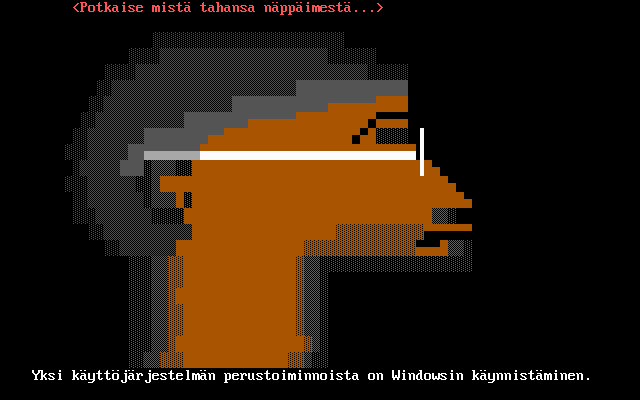
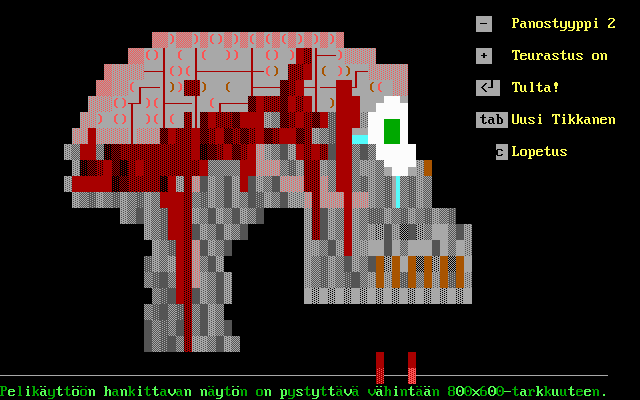
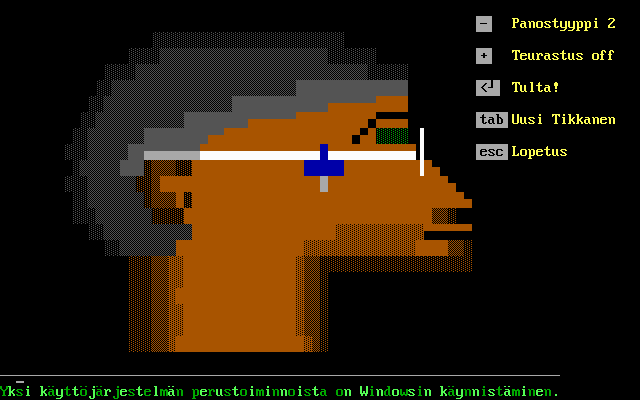
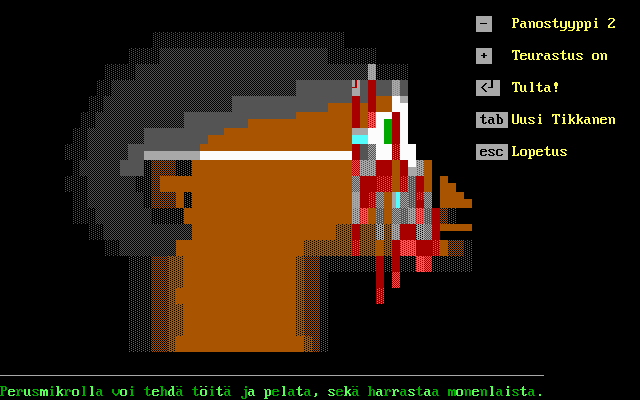
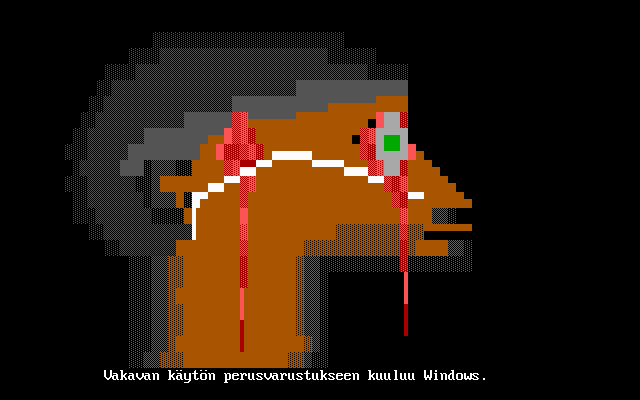



Reviews
There are no reviews yet.